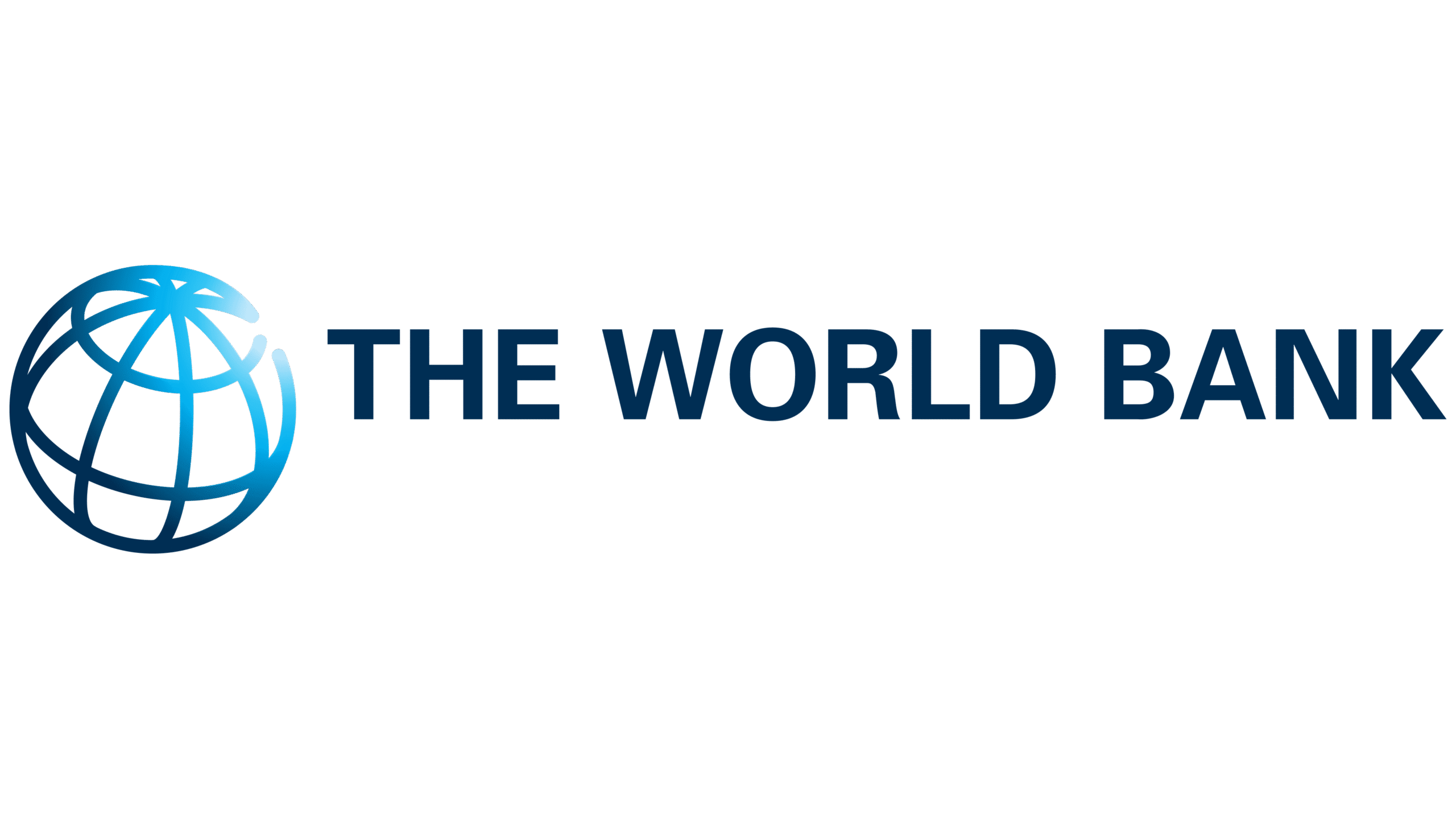Indian cities face a defining crossroads: invest now in resilient, low-carbon infrastructure or risk spiraling losses from climate shocks. According to a major new World Bank report, India must direct over $2.4 trillion more than ₹200 lakh crore into climate-ready urban infrastructure by 2050 to safeguard its rapidly growing cities. The report, “Towards Resilient and Prosperous Cities in India,” was prepared in close collaboration with the Ministry of Housing and Urban Affairs and draws on in-depth analysis of 24 cities, including Delhi, Chennai, Surat, Lucknow, Indore and Thiruvananthapuram.
With India’s urban population projected to nearly double from 480 million in 2020 to 951 million by 2050, the country will need to build more than 144 million new homes and dramatically expand services more than half of the urban infrastructure required for 2050 has yet to be constructed. This means India has a rare, time-bound opportunity to “build back better” embedding resilience and sustainability into the blueprint of its next-generation cities.
Rising Climate Risks, Mounting Costs
Urban flooding already costs India $4 billion annually, a figure set to rise to $5 billion by 2030 and could reach $30 billion a year by 2070 if adaptation measures are delayed. At the same time, urban heat islands are pushing temperatures in city centres 3–4°C above surrounding areas, increasing the risk of deadly heatwaves. Without urgent action, annual heat-related deaths could jump from 144,000 today to over 328,000 by 2050. The report estimates proactive adaptation could save over 130,000 lives from extreme heat impacts alone by mid-century.
What Needs to Be Done and Why It Matters
The World Bank outlines a multi-pronged strategy for Indian cities:
- Flood and Heat Mitigation: Implement integrated urban flood management, expand green spaces, install cool roofs and deploy early warning systems for extreme weather.
- Resilient Infrastructure: Invest in energy-efficient housing, modernize solid waste management and make public transport networks flood-resilient.
- Municipal Services: Upgrade water supply, sanitation and other essential services to withstand climate shocks.
- Private Sector Engagement: Unlock private capital through regulatory reform, municipal bonds and public-private partnerships to help fill the massive funding gap.
- Fiscal Recalibration: Current urban infrastructure spending at just 0.7% of GDP is far below what’s needed. The report calls for a substantial increase in public investment, complemented by innovative financing mechanisms.
A Turning Point for Urban India
The stakes could not be higher. Indian cities are poised to generate 70% of the country’s new jobs by 2030, making them engines of economic growth. But this growth is at risk without a fundamental shift in how cities are planned, built and managed. The World Bank warns that business-as-usual urban expansion often into floodplains and heat-vulnerable zones will leave millions exposed to climate hazards and erode India’s economic gains.
Timely investment in resilience would not only avert crippling losses but also boost GDP by up to 0.4% and save tens of thousands of lives annually by 2050. The report proposes creating a national multisectoral task force to coordinate urban resilience efforts across ministries, states and municipalities and recommends that cities be granted greater fiscal autonomy to implement local solutions.
India’s urban future is a climate imperative. The choices made in the coming years will determine whether its cities become hubs of prosperity and innovation or hotspots of vulnerability and loss. The World Bank’s message is clear: the cost of inaction will far exceed the price of transformation. With smart policies, bold investments and inclusive governance, India can turn its urban challenge into a blueprint for resilient, sustainable growth setting an example for cities worldwide











